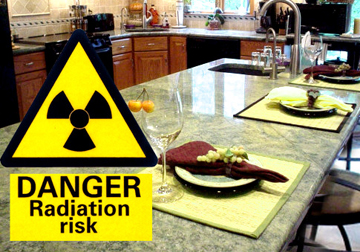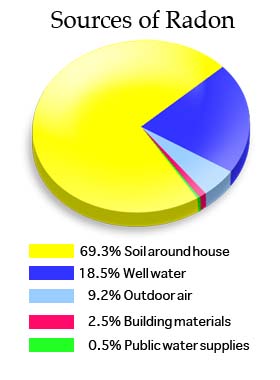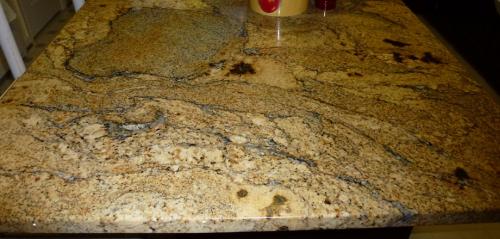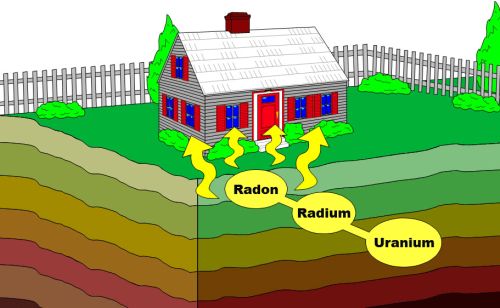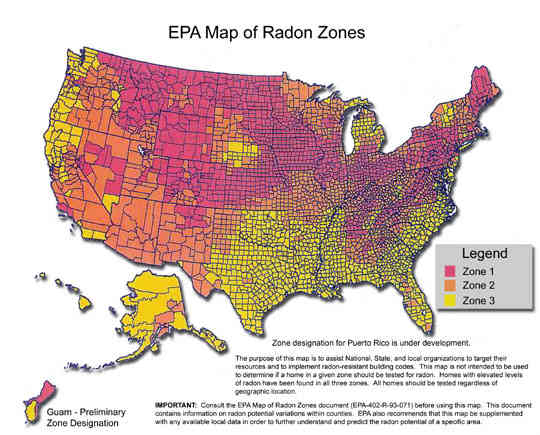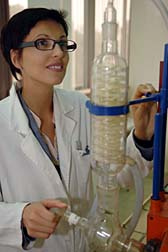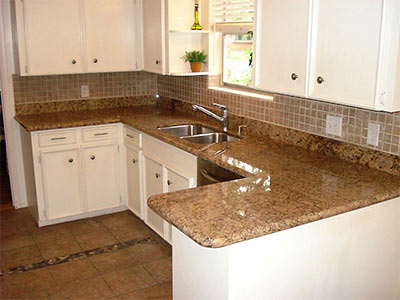People love granite countertops though some may worry that it will emit radon a colorless odorless radioactive gas that comes from the natural breakdown of rocks and natural stones.
Radon emissions from granite.
Some granite countertops have been found to give off trace amounts of radon and reporters cited a few kitchens with radon levels as high as 25 times the epa s safety limit of 4 picocuries per liter of air.
In most cases the noise is produced by two other naturally occurring elements.
In fact up to 95 of the geiger counter clicks may come from the potassium.
While natural rocks such as granite may emit radiation and radon gas the levels attributable to such sources are not typically high.
Radon originating in the soil beneath homes is a more common problem and a far larger public health risk than radon from granite building materials.
Here are some frequently asked questions about radon and the risks associated with granite.
Granite is very popular as material for buildings and homes especially as kitchen countertops because of their beauty durability and function.
Granite countertop radon emissions researchers currently studying the most commonly used granite in kitchen countertops have found that all the 55 samples they ve tested emit radon radiation at.
Therefore radon emission is directly proportional to radium content it is likely that radiation damage caused by uranium imparts a pinkish or reddish color to certain minerals in the granite.
Not all the radiation coming from the granite that makes the clicking sound comes from radon producing radium.
Experts agree that most.
Radium is the immediate precursor to radon in the uranium decay series.
Granite like any other stone may contain veins of naturally occurring radioactive elements like uranium thorium and their radioactive decay products.
So are granite countertops a real risk.
This is a colorless gas that comes from decaying uranium.
At issue is whether some granite countertops emit dangerous levels of radiation especially the gas radon which is the second leading cause of lung cancer after smoking.
